Malaga or Seville – Which to Visit in 2025?
Southern Spain is a culturally diverse region where historical sites and modern influences converge in a vibrant tapestry. Influenced by centuries of Moorish, Jewish, and Christian traditions, the architecture, cuisine and festivals of Andalusia reflect this rich past.
Two of the most popular cities to visit within this scenic locale are Malaga and Seville – both lively metropolises worthy of a visit.
But if you had to choose between Seville or Malaga, which would it be?
Malaga City sits at the heart of the Costa del Sol. A historic coastal city known for its hilltop castle, beautiful beaches, botanical gardens and as the birthplace of artist Pablo Picasso.
In contrast, the capital of Andalusia, Seville, is located inland, on the Guadalquivir River. It offers easy access to Madrid, the region’s white villages and the rustic southern shores of the Costa de la Luz. The beautiful city is the home of flamenco and picturesque urban parks, and is blessed with some of the finest Moorish and Mudéjar architecture in the world.
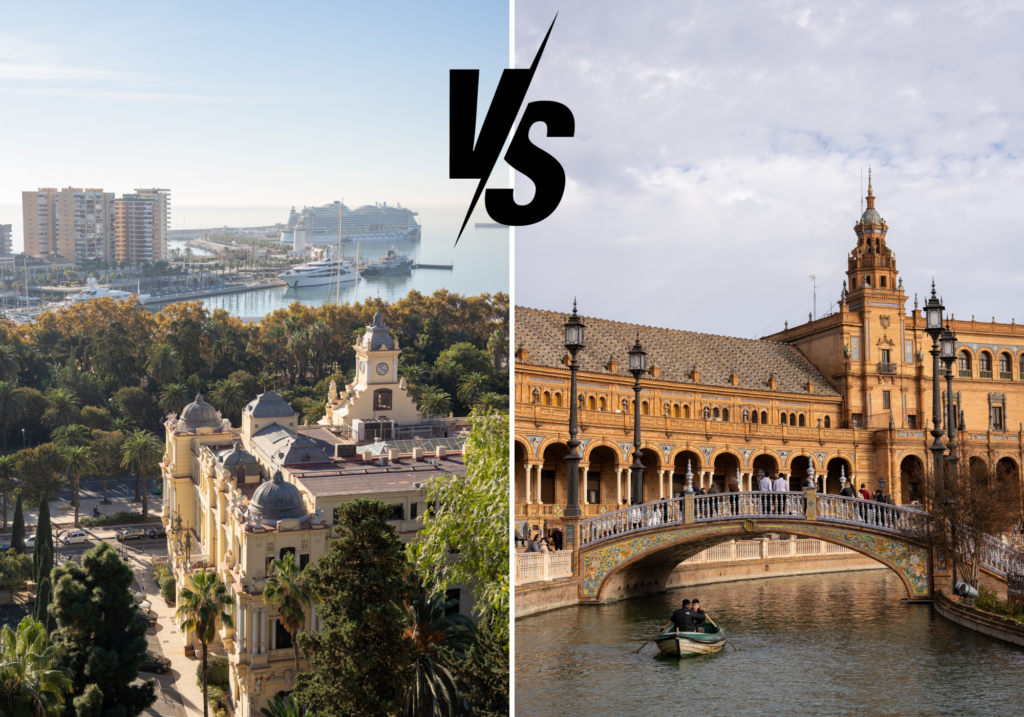
Malaga vs Seville
Choosing between Malaga and Seville presents a delightful dilemma – each Spanish city captivates with its unique appeal and experiences on offer. You can’t really go wrong with either, but to see which city might suit you best, read on!
Travel & Accessibility
Both cities have their own international airport, but which city has the better connections and public transportation?
Malaga
Malaga is easy to reach by air. The city’s international airport (AGP), a few miles from the centre, has daily, year-round flights from the UK, Europe, the Middle East, North Africa and the USA – Malaga is known as the gateway to the Costa del Sol. From Malaga airport, take the train directly into the city.
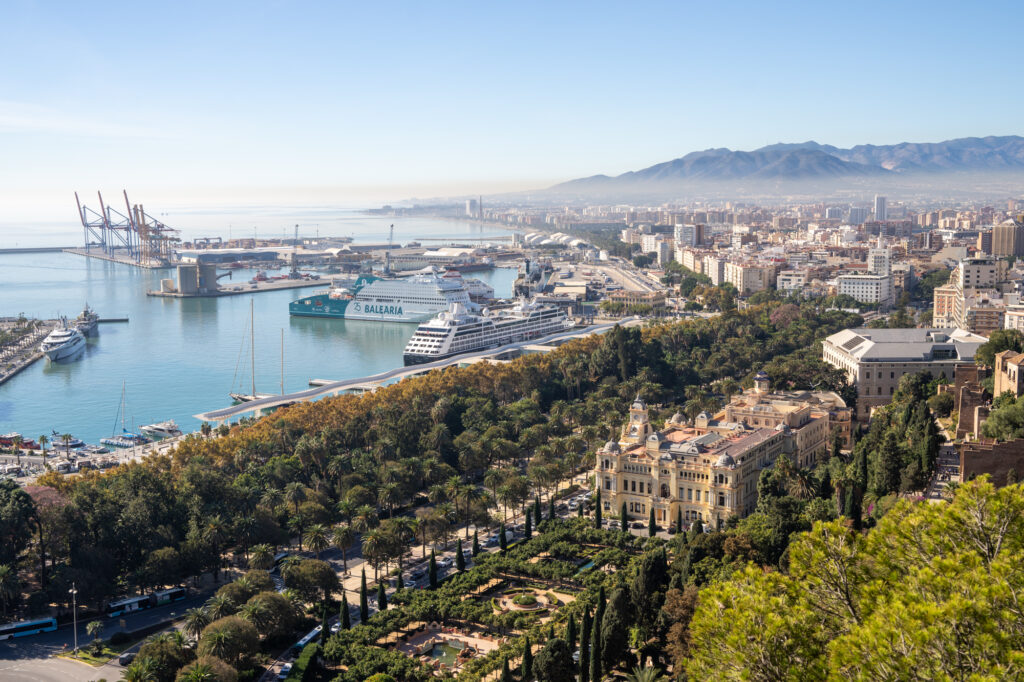
Malaga can also be accessed via high-speed train. Maria Zambrano train station offers rail connections to and from Seville, Cordoba, Madrid and even Barcelona. A local train service operates along the coast to the buzzing tourist resort of Fuengirola, and you can even hop on a bus to Marbella, La Linea (for Gibraltar) and Cadiz.
While visiting Malaga, you can get around the city by bus, bicycle, segway, tuk-tuk, or hop-on-hop-off tours. Most tourist attractions, beaches and markets are also within walking distance of each other.
Seville
Seville also has a dedicated airport (SVQ), located eight kilometres from the city centre. It operates direct flights from domestic, EU, UK and Moroccan airports. From Seville airport, the easiest way to access the city is via the airport bus.
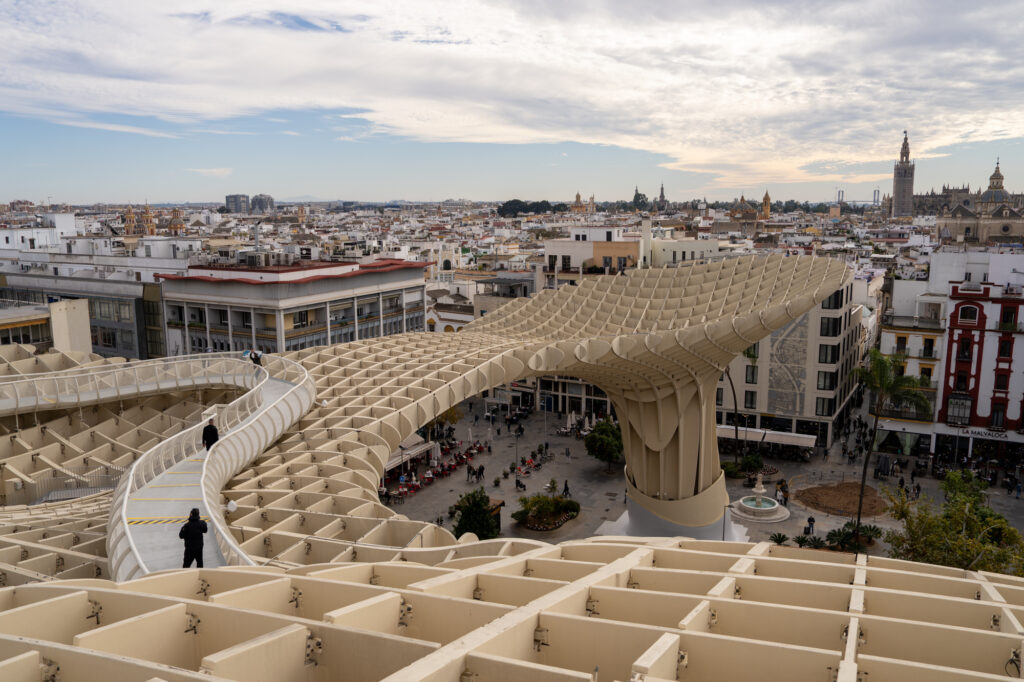
If you plan to travel to the city by train, Santa Justa train station has high-speed AVE rail links, allowing easy access to and from Madrid, Valencia, Malaga and Barcelona.
Accessing key tourist attractions while in Seville is a breeze too, as many major landmarks are accessible on foot within a 10-20 minute walk of one another. There are frequent bus services and taxis, and Seville has over 250 bike rental stations (Sevici) dotted throughout the city. If you wish to travel between Seville and Malaga by car, it’s also an easy drive along the A-92.
Which city is better connected? At a pinch, I’d say Malaga. The airport is larger and there are many connections from the airport to Malaga and the surrounding areas.
Geography and Climate
Despite being a short distance from each other, the climate and geography of the two cities are quite different.
Malaga
Malaga can be found on the southeastern shores of Spain, along the Costa del Sol’s Mediterranean coastline. This is a city that has it all. Over 300 days of sizzling sunshine every year, beautiful beaches, mountains and hiking trails and it’s within a stone’s throw of popular beach resorts such as Fuengirola, Marbella and Nerja.
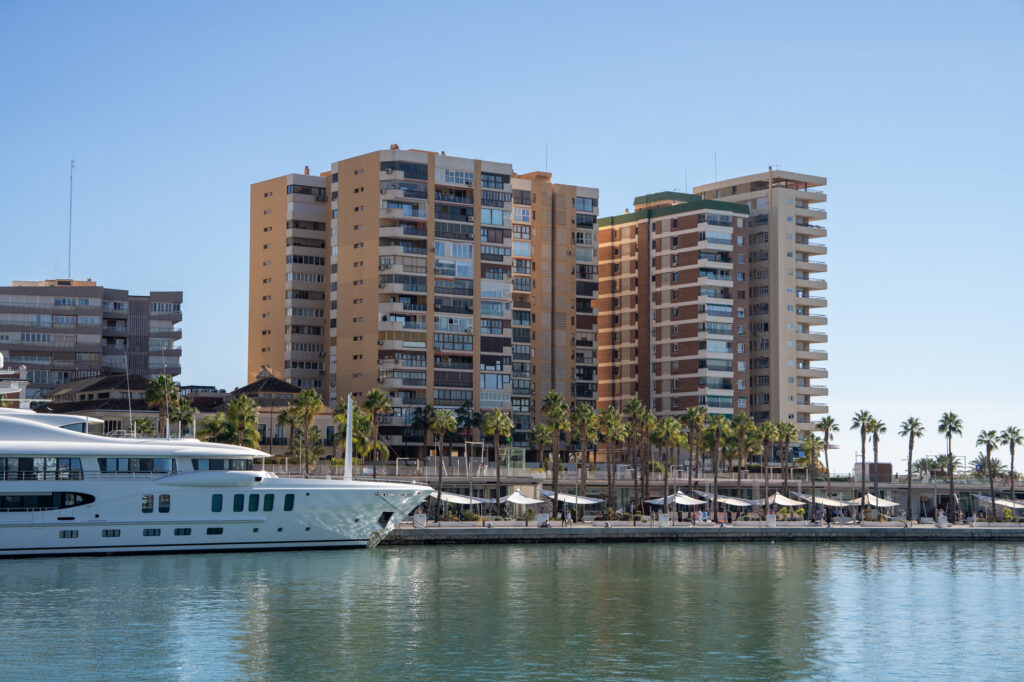
The weather is pleasantly warm, and between May and October, the temperatures tend to hold steady between 20°C/68°F and 26°C/78°F, except in July and August when they can climb to 30°C/86°F and higher. The rainiest month is November, however, even the showers don’t last more than a few days at a time.
Winter is a fabulous time to visit Malaga, as the crowds are fewer, the sun is almost ever-present, and it’s an excellent time to hit the hiking trails, play a round of golf, or even swim in the cool but pleasant Mediterranean Sea.
Seville
Seville, by contrast, is located deep in the heartlands of Andalucia. It’s a city surrounded by lush countryside, rolling hills and pastures, plus it’s close to pretty white villages, Cordoba, Granada and Cadiz.
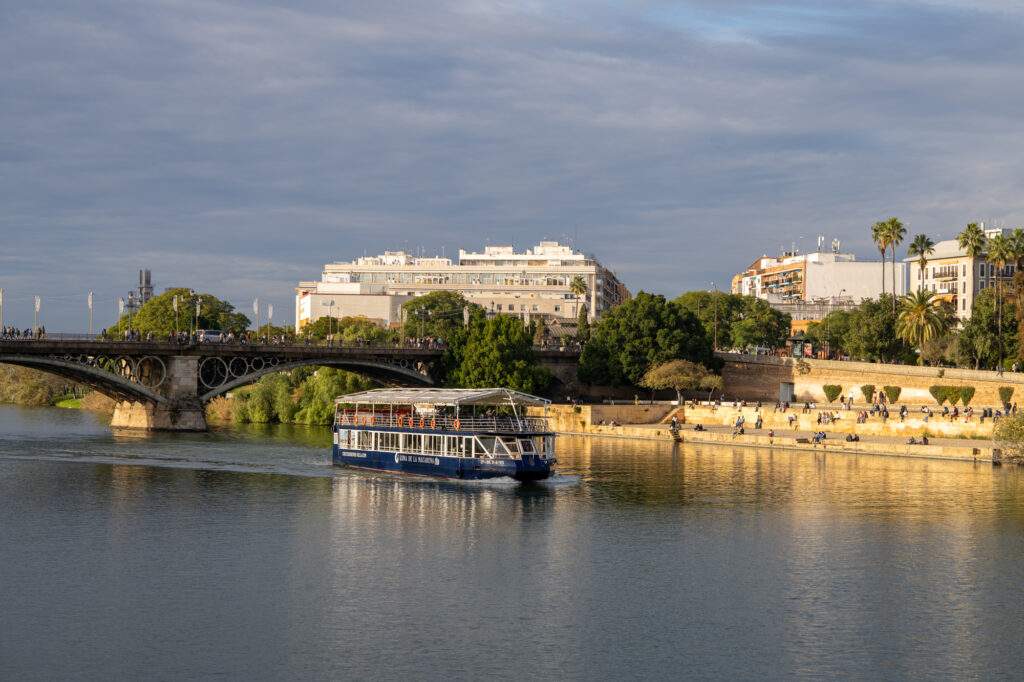
Temperatures in Seville are more seasonal than Malaga. In the summer months, particularly in July and August, you can experience extreme heat, and it’s not unusual for daily temperatures to hit 39°C/102°F. If travelling during these months come prepared with plenty of sunblock and drink water regularly while you sightsee.
The best times to visit Seville are in spring and fall when the heat isn’t overbearing. But visiting Seville in the winter can be magical too. During the winter months, the daytime average temperature is mild, around 16°C/60°F, but pack a jumper or jacket, as it cools quite considerably in the evenings.
Which city has better weather? Malaga has a milder climate throughout the year, making it a popular destination at any time.
Historical Significance
Malaga is older than Seville, but both cities have an intriguing history to delve into.
Malaga
Malaga’s history dates back 2800 years making it one of the world’s oldest cities. It was given the name ‘Malaka’ under the Phoenicians and became known for its maritime trading prowess.
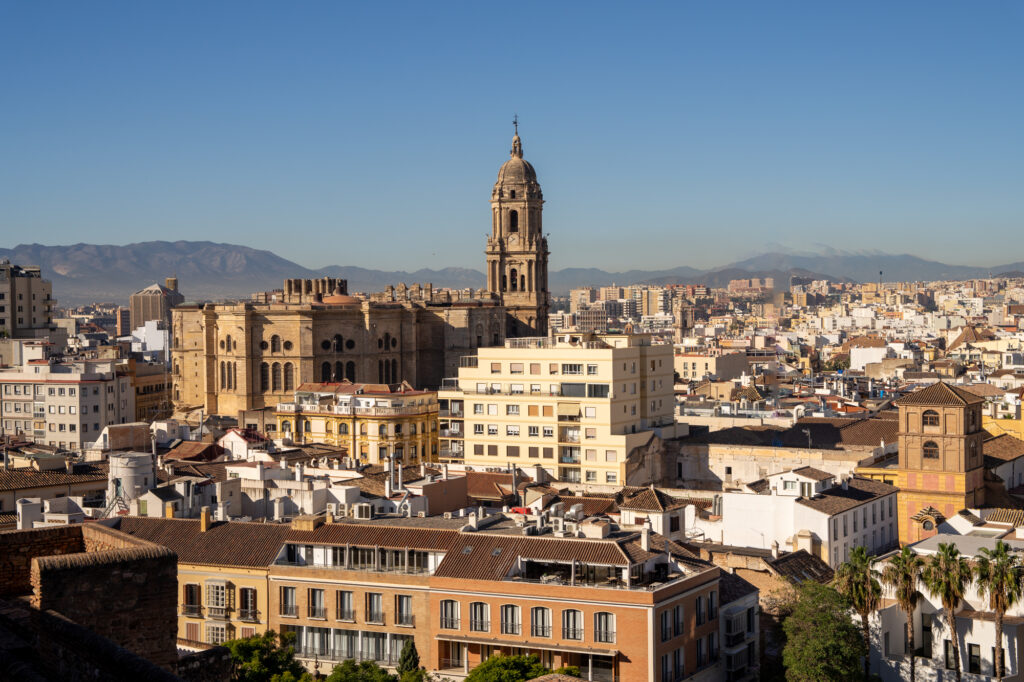
When the Romans arrived, they had the aim of making the city a strategic stronghold, primarily because of its easy Mediterranean Sea and Atlantic Ocean access. They built grand amphitheatres and aqueducts, some of which still exist today.
Centuries later the Moors arrived from North Africa, and with them, they brought a new style of architecture, and teachings in poetry, science and philosophy. Several of the city’s historic attractions such as Gibralfaro Castle and the Alcazaba were constructed during this era.
Seville
Seville was also considered a lucrative trading area, thanks to its riverside position. In its early days, it was much sought after by the Carthaginians, Romans, Vandals and Visigoths.
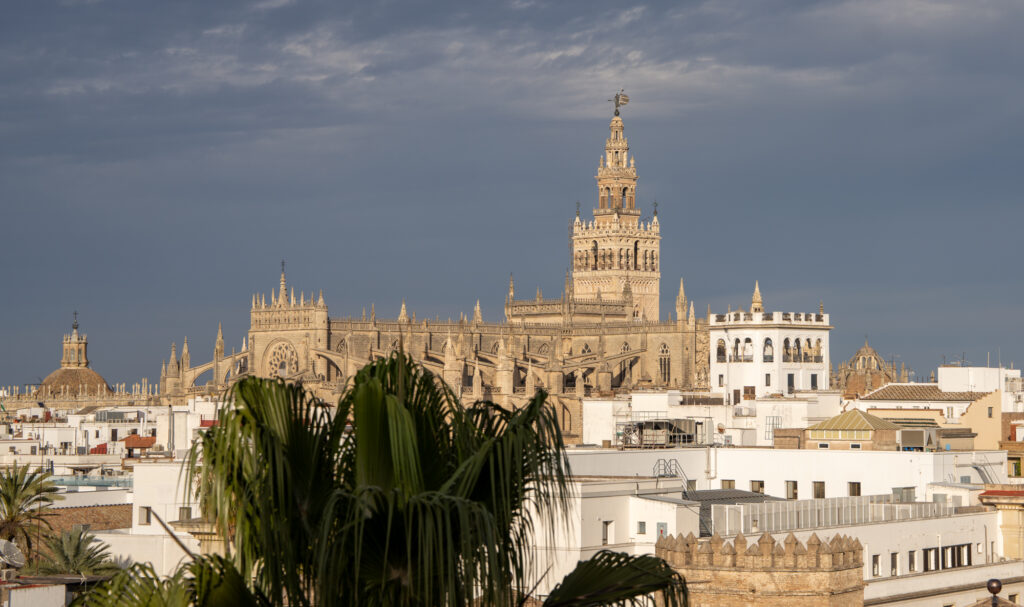
In 712, the Arabs arrived, followed by the Almohades in the mid-1100s. They made Seville their capital and built grand structures including La Giralda bell tower and Torre del Oro (the Tower of Gold).
Their reign lasted until 1248, when Ferdinand III attempted to recapture Seville and convert the people to Christianity. Over 24,000 citizens from the interior of Spain flooded the city and churches were constructed where mosques once stood.
Following the discovery of the New World in 1492, Seville became a major seat of the tobacco trade and Spain’s wealthiest and most cosmopolitan city.
Which city has a more interesting history? Both cities have a storied past which is evident today.
Cultural Highlights
Both Malaga and Seville have their fair share of cultural highlights ranging from museums and palaces to historical monuments, parks and gardens. Below, we’ll take a look at some of the most interesting tourist attractions to visit in each city.
Malaga
In Malaga, begin your exploration at the Roman Theatre. It dates back to the 1st century and is in such a well-preserved condition that concerts and performances are still held here today.
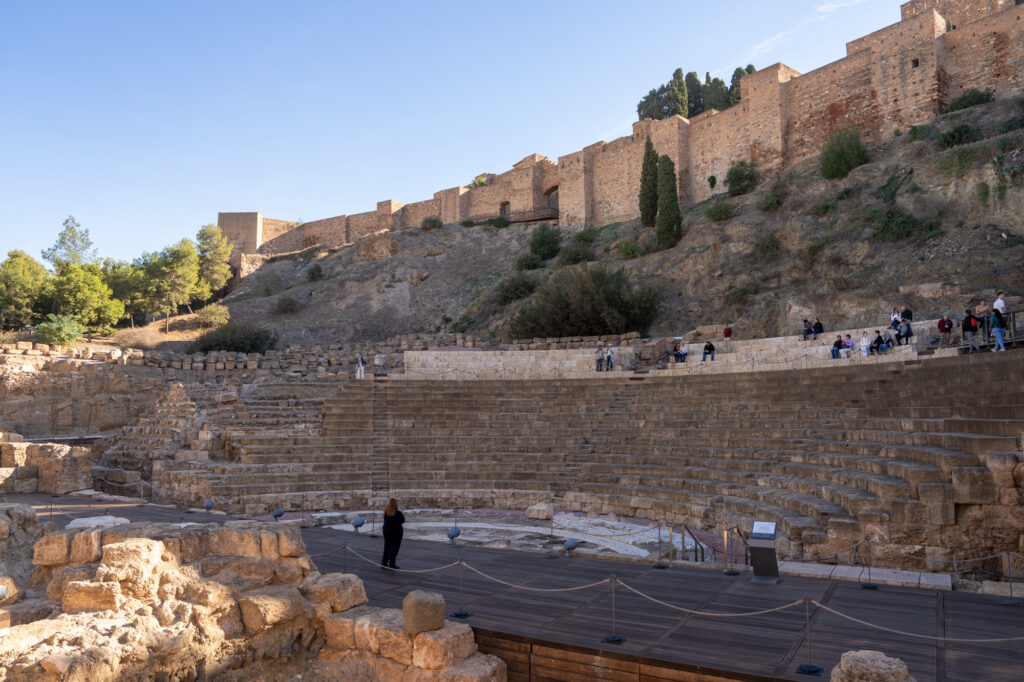
Next door, you’ll find the entrance to the Alcazaba – a historic palace constructed during the Moorish occupation of the city. Take a guided tour, wander through lush gardens and courtyards, and capture photographs of the coastline from various viewpoints.
Gibralfaro Castle should be your next stop. Set high upon a hillside looking over the city and port, 10th-century Gibralfaro Castle is one of Malaga’s most recognisable structures. The castle was built by the Caliph of Cordoba on the site of a former lighthouse, and it is a symbol of Moorish rule in the city.
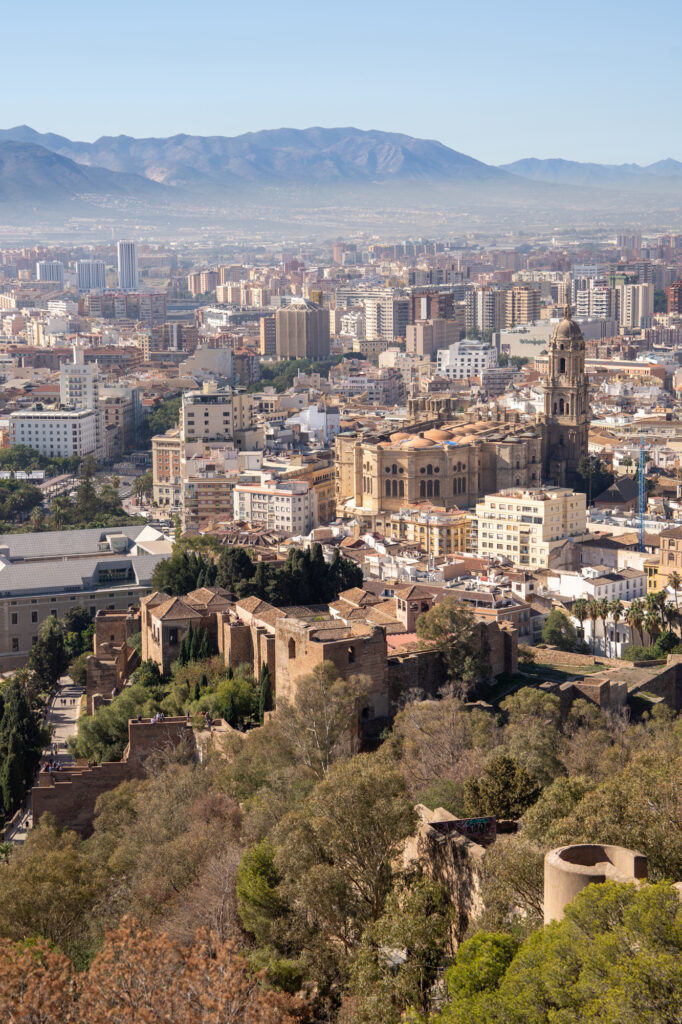
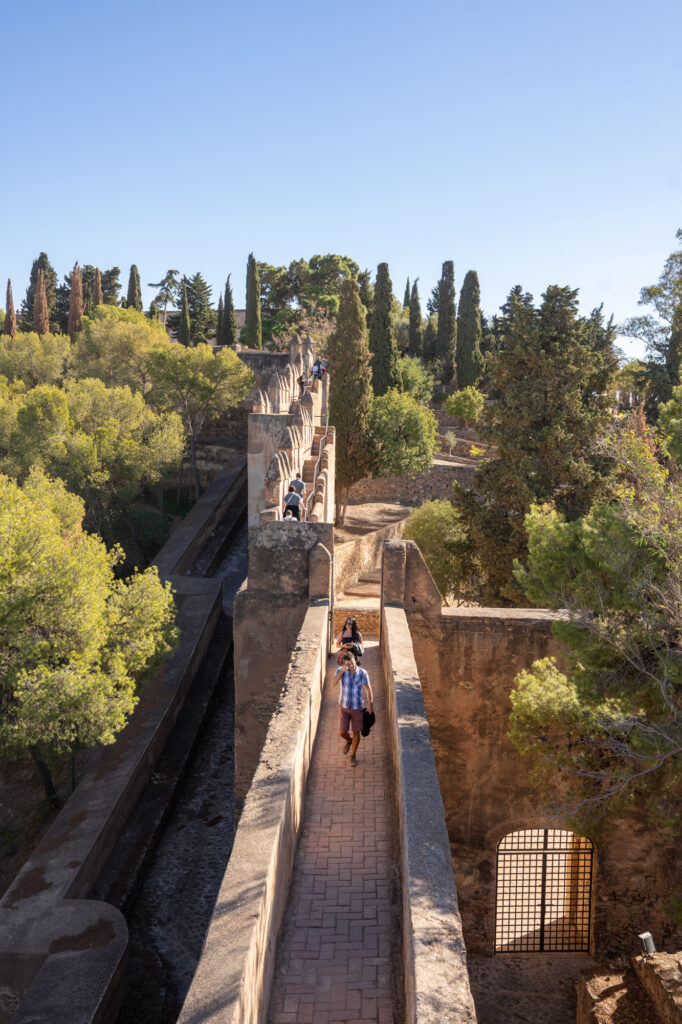
Malaga also has over 40 galleries and museums to delve into. If you have to pick just one to visit, make it the Picasso Museum. The city was the birthplace of the great artist Pablo Picasso and many of his unseen works are displayed here in Malaga.
While discovering the shops of Calle Larios and the character bodegas of the historic centre, don’t forget to pop into Malaga Cathedral. Constructed from locally quarried stone, it began as a Gothic temple, before being transformed into the impressive Renaissance/Baroque behemoth we see today. Don’t miss the beautifully carved choirstalls, Isabelline chapel and incredible rooftop views.
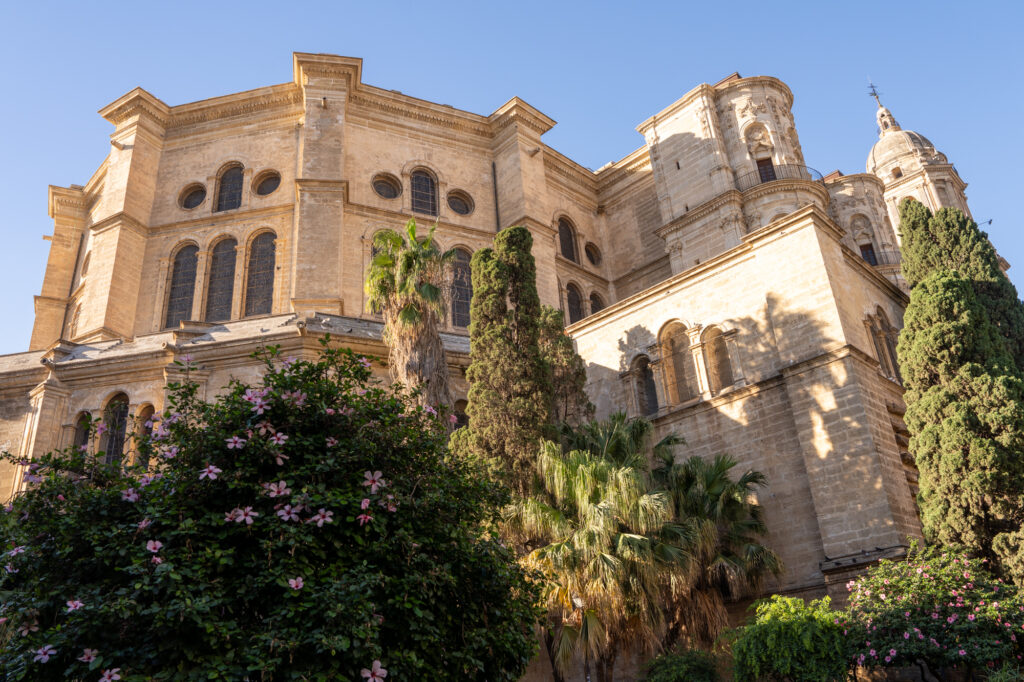
For a slightly different take on the city, spend time in a local produce market. Mercado de Atarazanas is one of the most historic and exciting to visit, with vendors selling artisan breads, cheeses, fruit and veggies aside tapas bars where you can sample mouthwatering dishes.
Seville
Seville is known as one of the most beautiful cities in Spain and its crown jewel is the Seville Cathedral. Built in 1401, following the Reconquista, it symbolised the city’s great wealth. Step inside to discover one of the world’s largest altars, gaze at great works by Goya and Murillo and see the tomb of Christopher Columbus.
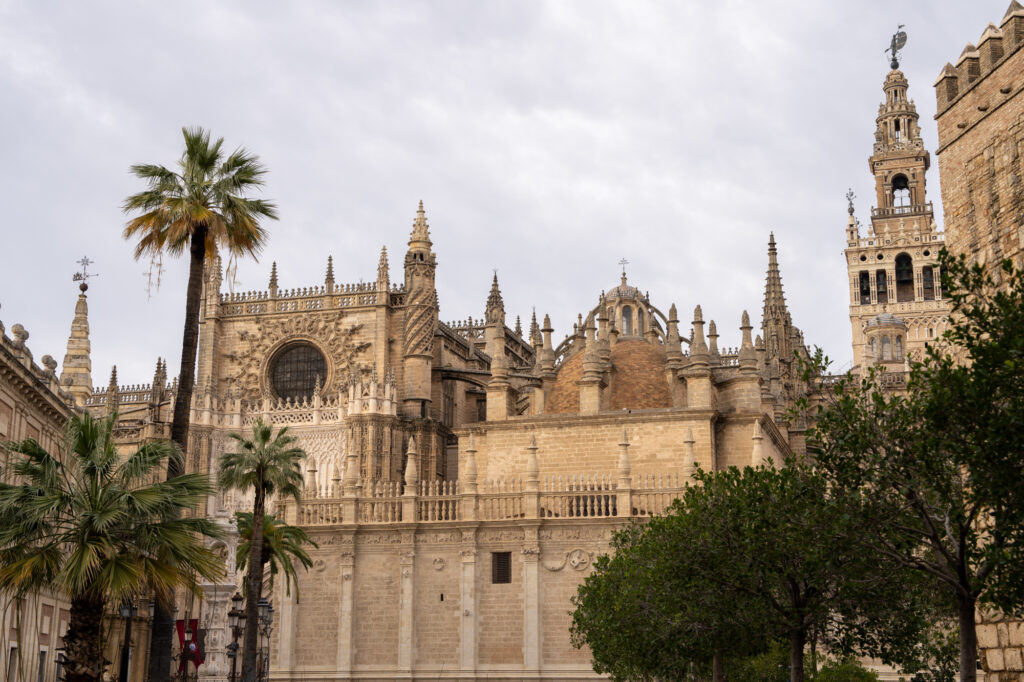
While visiting the cathedral of Seville, pop next door to admire the views from the observation platform of La Giralda bell tower (buy a combined ticket here). The tower was built as a minaret during the Moorish reign – its identical twin can be found in Marrakech, Morocco.
Another of Seville’s main attractions lies just a few minutes walk from the cathedral. The Real Alcázar or royal palace offers incredible examples of Mudéjar architecture and is best seen on a guided tour. Don’t miss the Salon de los Embajadores, Patio de las Muñecas and the ancient baths of Maria de Padilla.
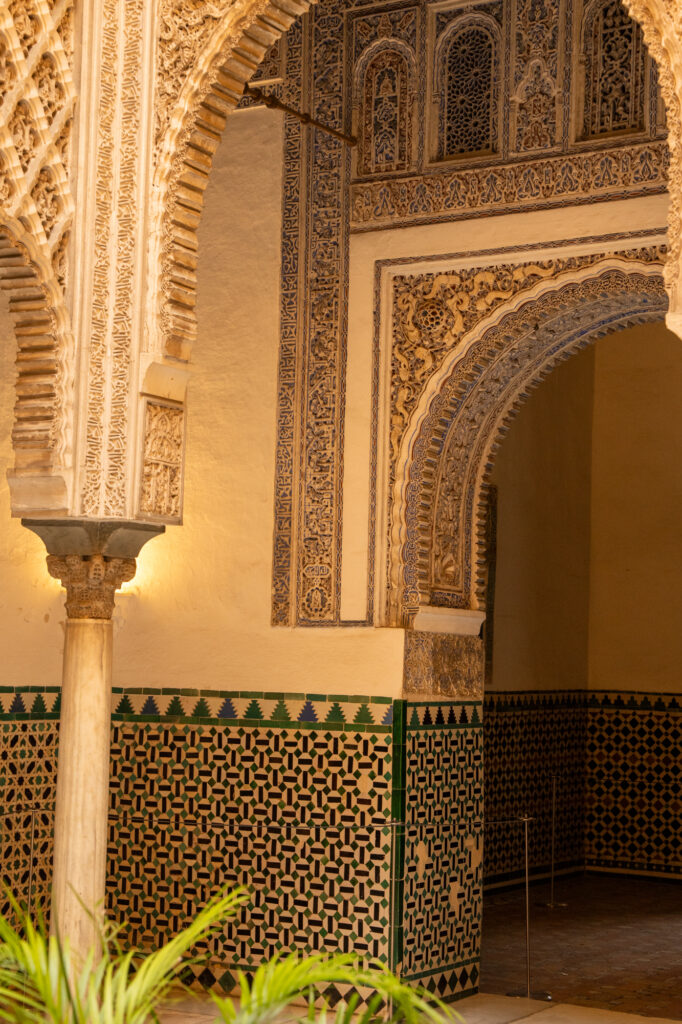
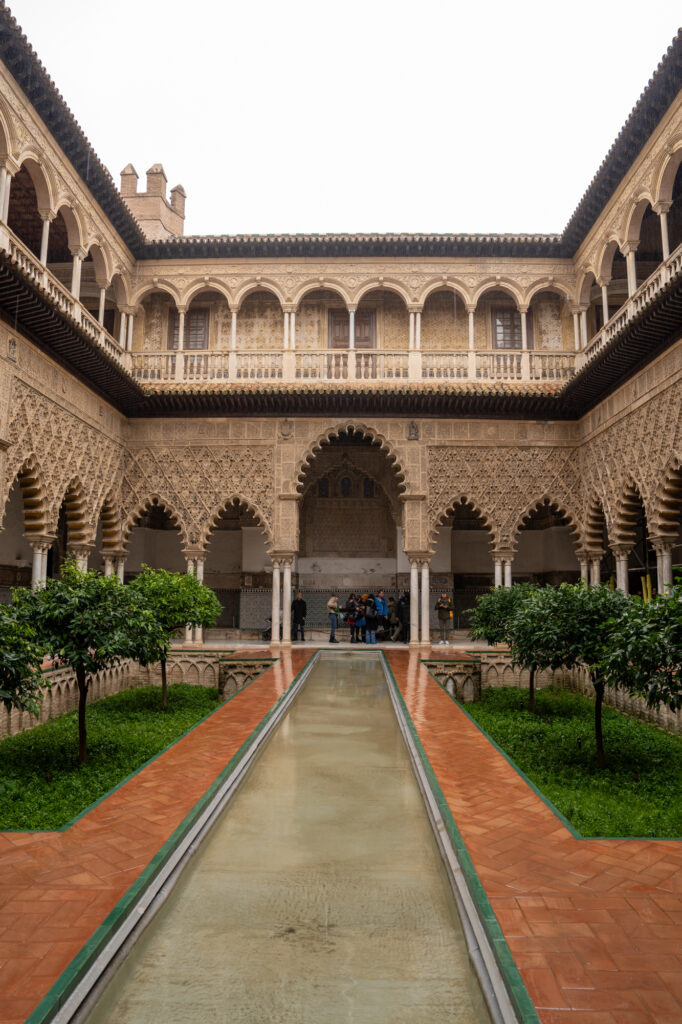
If it’s professional photos you seek, Plaza de España (shown below) is an Instagram hotspot in the city. Tucked away in Maria Luisa Park, the semi-circular plaza, built for the Hispano-American Exhibition in 1929, showcases architectural elements from the Baroque, Renaissance and Moorish Revival periods.
While in the city, take a deep dive into Sevillana culture and book a ticket to see a flamenco show. The neighbourhood of Triana was where the flamenco movement was born and there are many tablaos (intimate venues) in the city where you can watch an authentic performance.
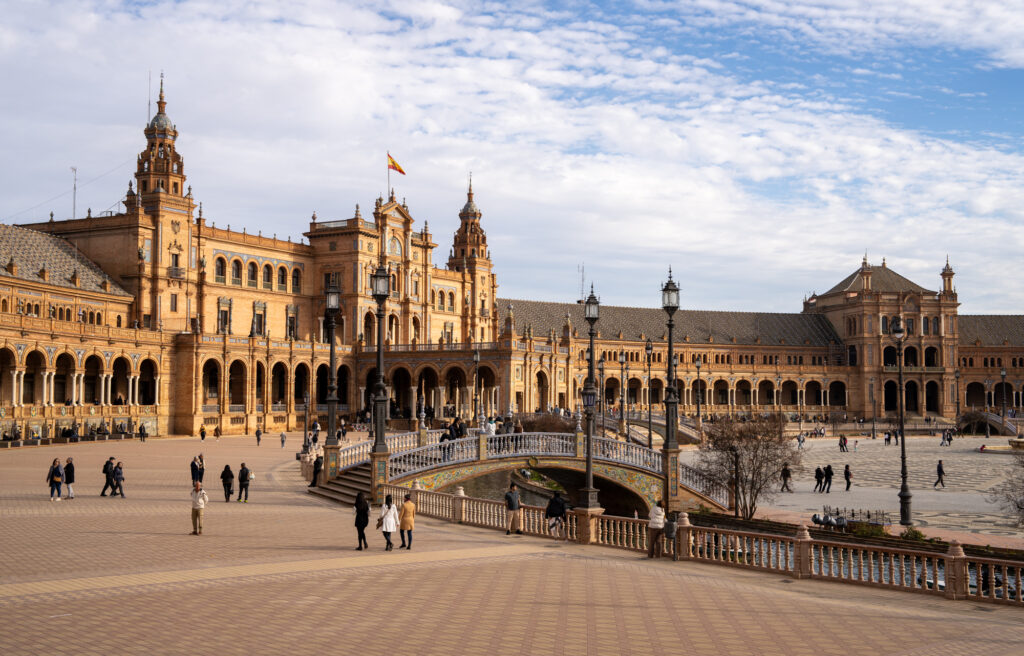
Before departing Seville, spend at least one sunset soaking up the views from Metropol Parasol. The elevated timber walkway, shaped like mushrooms (Las Setas), is a great place to be, especially during the golden hour.
Which city has better cultural attractions? I think the attractions in Seville were both more numerous and more impressive overall.
Outdoor Activities
If you’re spending at least a few days in either Andalusian city, it’s wise to get outdoors and discover some of the beautiful attractions on offer.
Malaga
In seaside Malaga, you can enjoy sailing tours, sun-soaked beach days and even watersports such as paddle boarding, diving, kayaking and jet-skiing. The city also has breathtaking botanical gardens to explore with winding pathways, forests of trees and tropical plants from around the world.
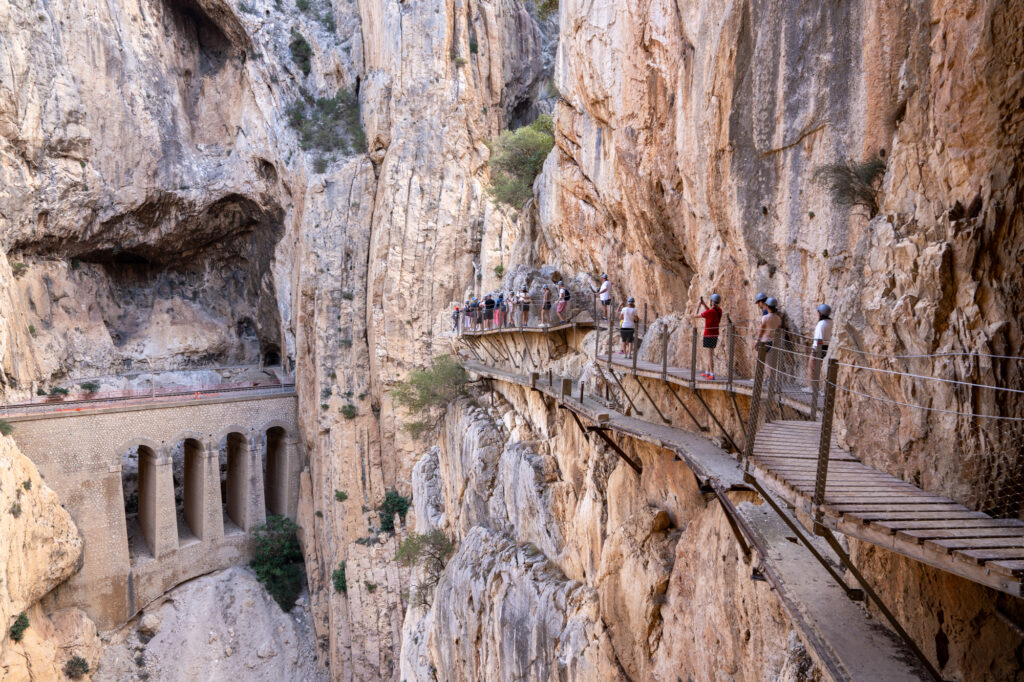
With the Montes de Malaga on your doorstep, you can also partake in abundant hiking and mountain biking opportunities. Grab a picnic and head for the hills, making your way along pine and chestnut tree trails, or enjoy a spot of bird watching.
A short drive away El Chorro Gorge and the Caminito del Rey beckon. The latter is one of the most beautiful, yet nail-biting experiences you’ll ever encounter, thanks to the narrow cliffside pathways leading to canyons and lush valleys.
Seville
Although Seville doesn’t benefit from beach fun, there are still ways to enjoy watersports on the river. Sailing, paddle boarding and kayaking tours are fun ways to spend a day in the city. And river cruises are available for those who want to stay dry!
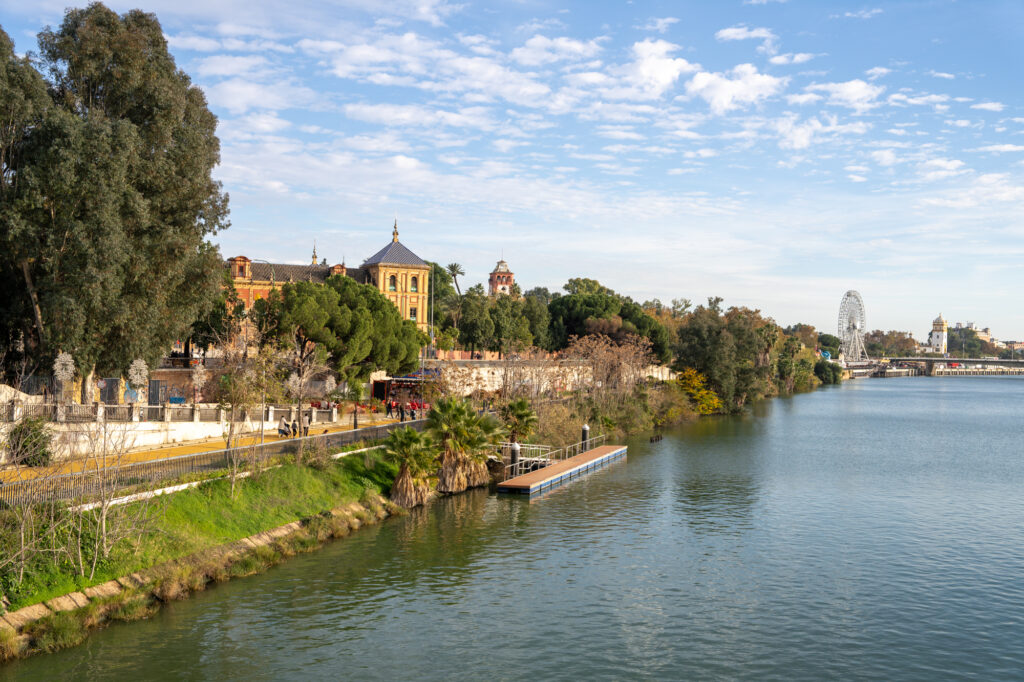
Many visitors also enjoy taking a city tour by electric bike. Or hire your own and go freestyle! There are plenty of urban green spaces such as Maria Luisa Park and riverside promenades to cycle along while stopping at local markets for refreshments and a bite to eat.
If planning to travel outside the city during your stay, Seville is within driving distance of Doñana National Park. The natural reserve is home to lagoons, marshes and wetlands and a popular site for migrating birds with over 500,000 passing through each year. Bring a set of binoculars and try to spot the Iberian lynx, flamingos or the rare Spanish imperial eagle.
Which city has better outdoor activities? Malaga is better for beach time and easy access to hiking trails.
Food, Drink & Nightlife
You’d be remiss if you thought the cuisine was the same throughout Spain. Even in Andalusia itself, each area has its own take on the local delicacies.
Malaga
Malaga’s historic centre is brimming with characterful tapas bars serving everything from gazpacho (chilled tomato soup) to gambas pil-pil (prawns in garlic chilli oil).
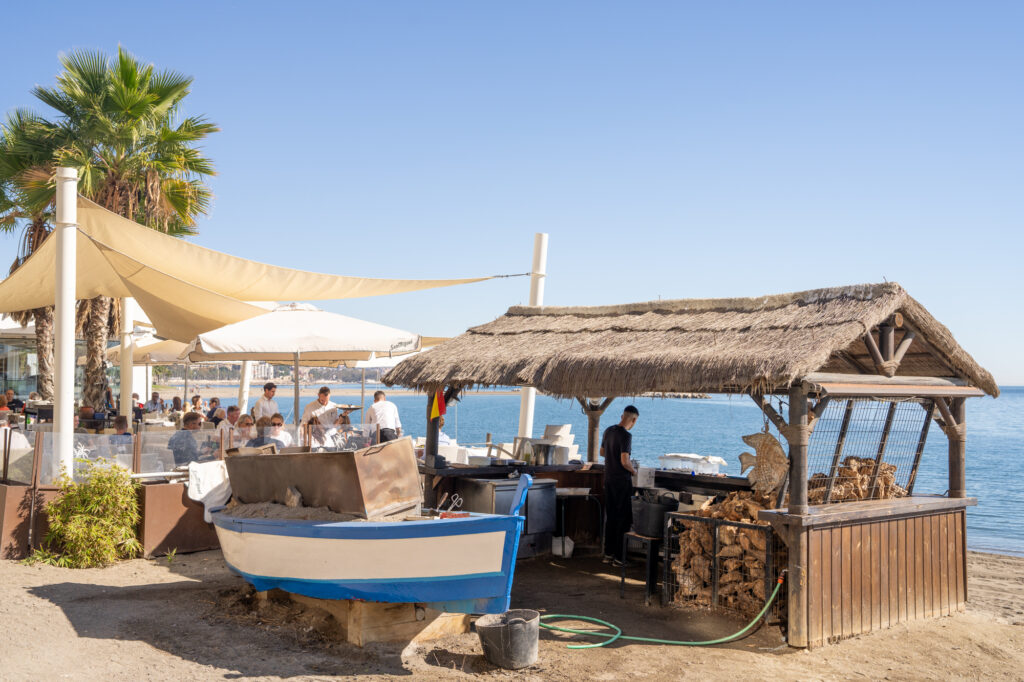
You can feast on fritura Malagueña (fried seafood) in beach bars along La Malagueta Beach, sample local dishes for reasonable prices in Mercado de Atarazanas or sit down to a delicious five-star dinner accompanied by live music.
Don’t forget to try the local Malaga wine made from Moscatel grapes, it pairs well with tarta Malagueña – a yummy, sweet almond cake with apricot jam.
The nightlife in Malaga is eclectic. The city is strewn with antique wine bars, themed cocktail lounges and clubs with international DJs spinning their tunes. Head for Plaza Mitjana, Plaza Uncibay and El Palo to experience local bar culture in full swing.
Seville
An evening in Seville can start and end in many different ways, from sipping cocktails on a chic rooftop terrace to hunkering down with a beer in a characterful bar located in an ancient hammam.
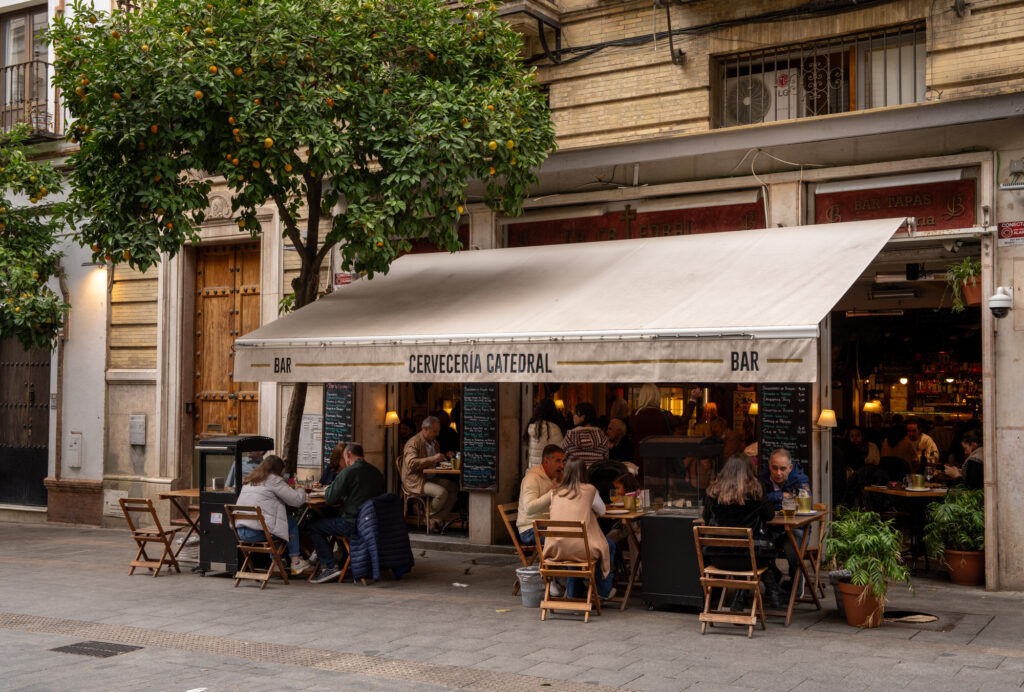
The city also benefits from a handful of Michelin-star restaurants and fine foodie markets such as Mercado de Triana and Lonja del Barranco. Although it’s fair to say that Seville’s typical restaurant menus are pretty meat-heavy, there are also plenty of options for vegetarians and vegans in the city.
Try espinacas con garbanzos (chickpeas and spinach) or chilled salmorejo soup and wash it down with vino de naranja (orange wine).
Some of the best bars in Seville are located along Calle Betis across the river in Triana, in Barrio Santa Cruz, and the plazas around Metropol Parasol. You’ll also discover tablaos – intimate venues in which to watch traditional flamenco performances in the city.
Seville’s nightclubs are fun to visit, with retro-style establishments and live music venues where you can dance until the sun comes up.
Which is better for eating out & nightlife? Both have a lot to offer. But I love the tablaos of Seville, so it wins this round.
Day Trips
Fancy a two-centre Andalucian vacation? You could visit both Seville and Malaga during the same trip to the South of Spain. The AVE (fast train) service operates from Malaga Maria Zambrano station, reaching Santa Justa station in Seville in a little over two hours.
Malaga
Popular day trips from Malaga include a visit to Marbella and Puerto Banus. The glamorous upscale resorts are neighbours and celebrity hotspots with luxury yachts, designer boutiques, fine restaurants and nightlife.
However, to get a feel for a more authentic Andalusian town, head to Estepona, an hour south of the city. This small town has the feel of the region’s ‘white villages’ while also benefitting from its stunning seaside location.
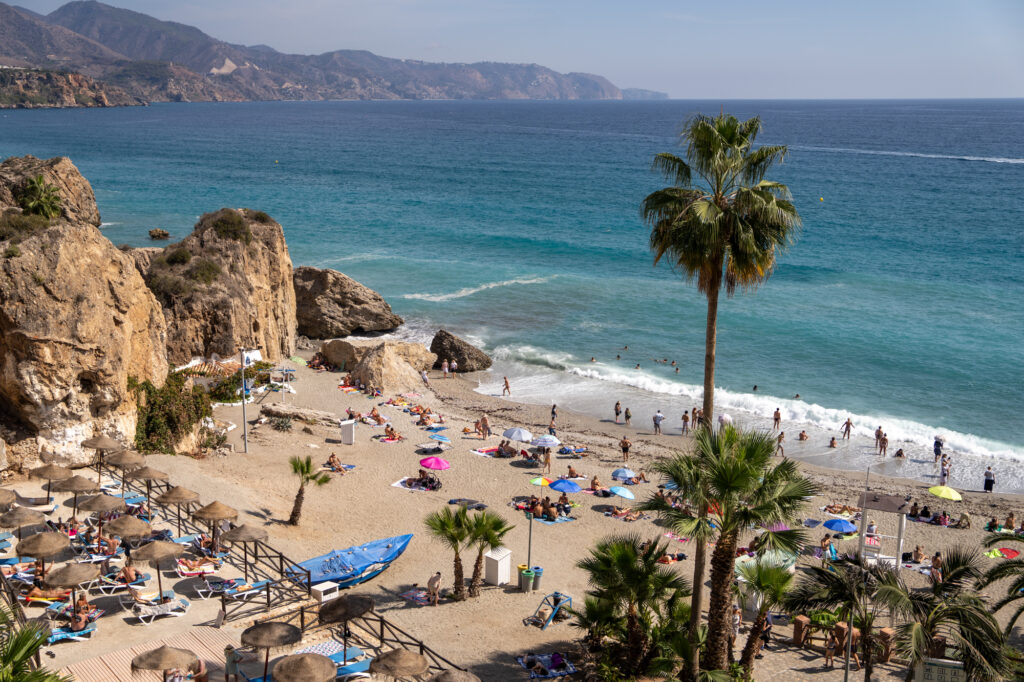
Nerja along the eastern Costa del Sol is laid-back, family-friendly and has some of the most beautiful beaches in the Costa del Sol. You may wish to photograph the scenic El Tajo gorge in Ronda (also accessible from Seville) or spend a day in the company of Barbary apes on the Rock of Gibraltar!
Seville
From Seville, there are several charming towns to visit for a day trip including Dos Hermanas, Carmona and Arcos de la Frontera. Carmona is ripe with impressive architecture and over 5000 years of rich history to uncover.
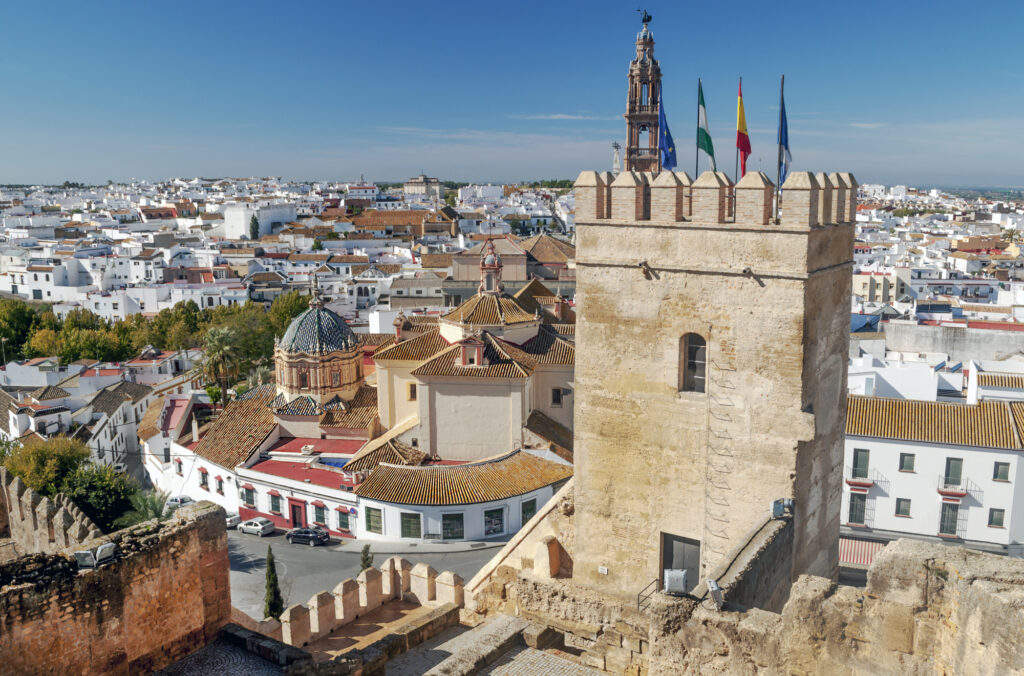
If time permits, get lost amid the narrow streets of Jerez de la Frontera, before taking a tour of the city’s sherry bodegas, or hop on a train to Cordoba to visit the world-famous Mesquita.
Fancy a beach break? Head south to Cadiz for maritime charm and an intriguing old town.
Which southern city is better for day trips? This one depends on whether you’re after more culture (Seville day trips), or seaside villages and nature (Malaga day trips).
Cost Effectiveness
Which location is cheaper for a city break?
Malaga
Accommodation prices in Malaga are fairly average for any large city in Europe. If you come in the peak season, or during an event, expect to pay more.
As an estimate, I’d budget around €100/night for an average 3-4-star hotel in the city. Of course, there are plenty of luxury hotels on offer too, if that’s more your travel style. Find your ideal accommodation here.
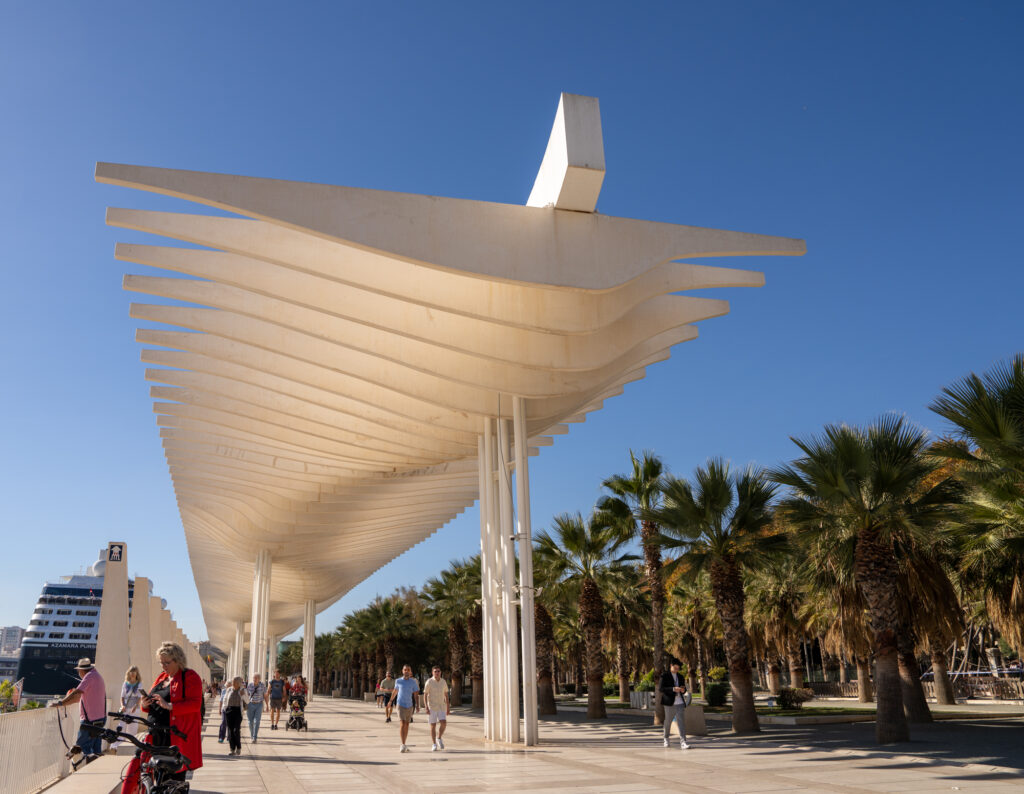
Once you leave the city, prices plummet. And it’s easier to find family-friendly self-catering accommodation too.
For attractions and eating out, Malaga is inexpensive. I was surprised to pay only €5.50 for a joint entrance ticket to the Alcazaba and Gibralfaro Castle – two of the most popular attractions in the city!
This theme is continued for the food, where it’s possible to eat well no matter your budget.
Seville
Accommodation costs in Seville are similar to Malaga, but I found it slightly cheaper during winter, with 3-4 star hotels around €90 per night and 5-star properties starting at only €140 per night.
Search for the best deals on accommodation here.
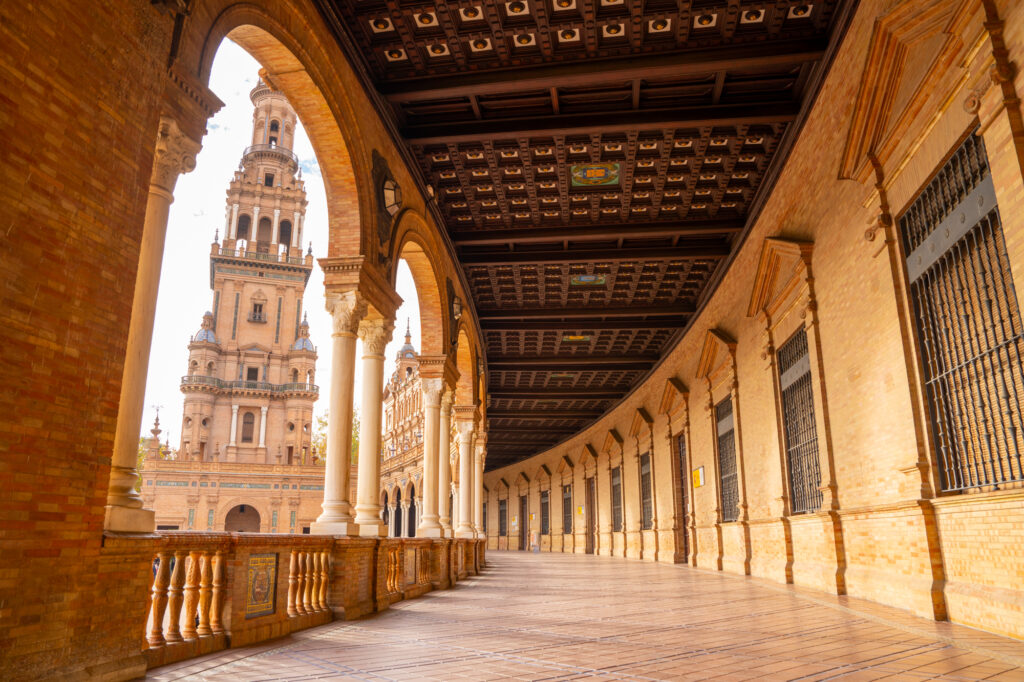
Attraction costs are more expensive than Malaga though, and I was spending a lot more each day to see the main sights. That said, there are still plenty of free things to do in each city.
Food & drink in Seville is also affordable – there are tapas bars aplenty and markets to fill up on fresh food if you want to keep costs down.
Which city is more budget-friendly? Malaga. But both offer good value for money and are easy to visit without breaking the bank.
So, Malaga vs Seville, which one is for you? Will you book a trip to the family-friendly maritime city of Malaga, or will you opt for history and romance in Seville?

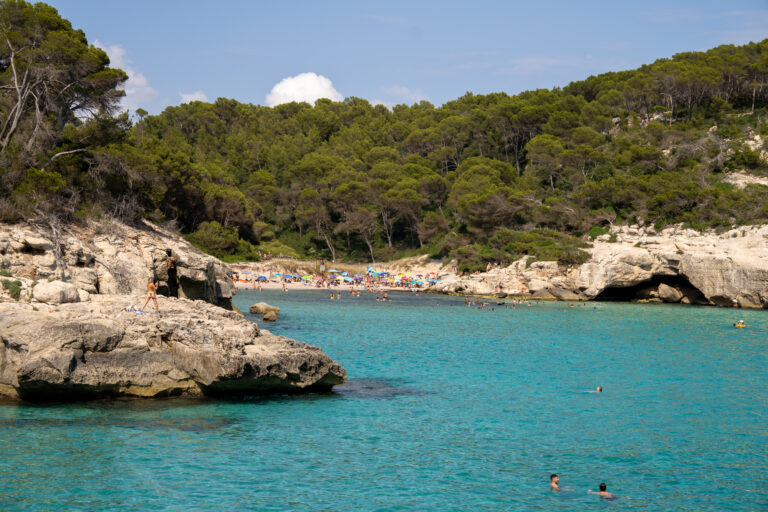
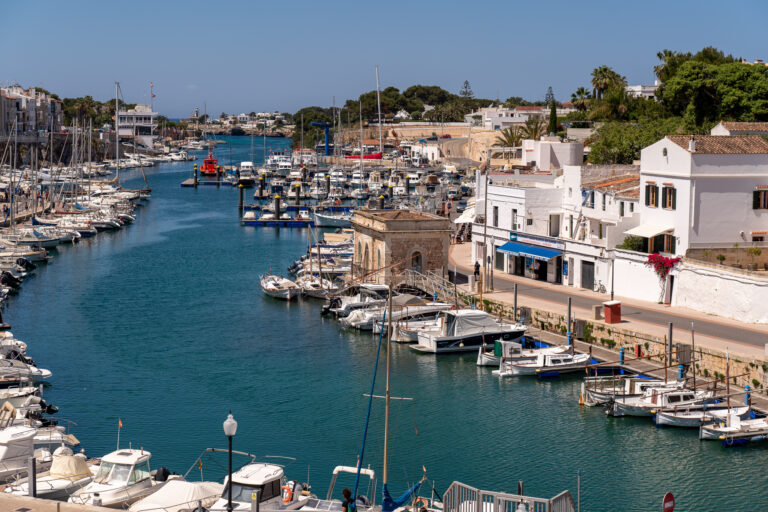
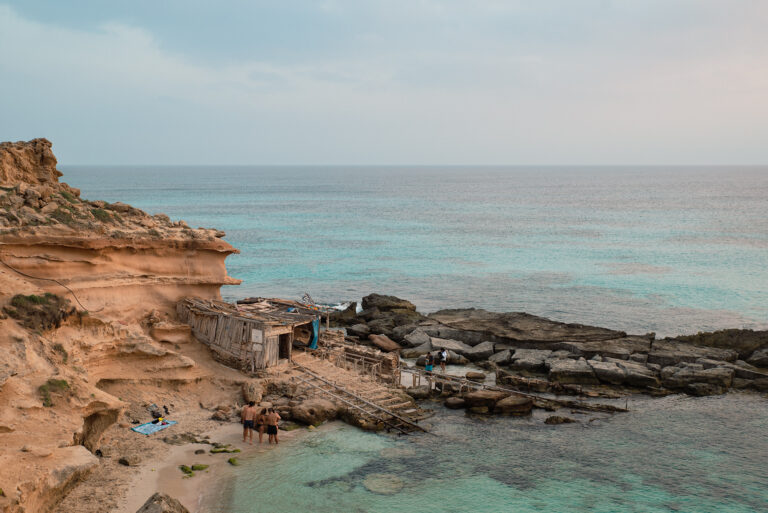
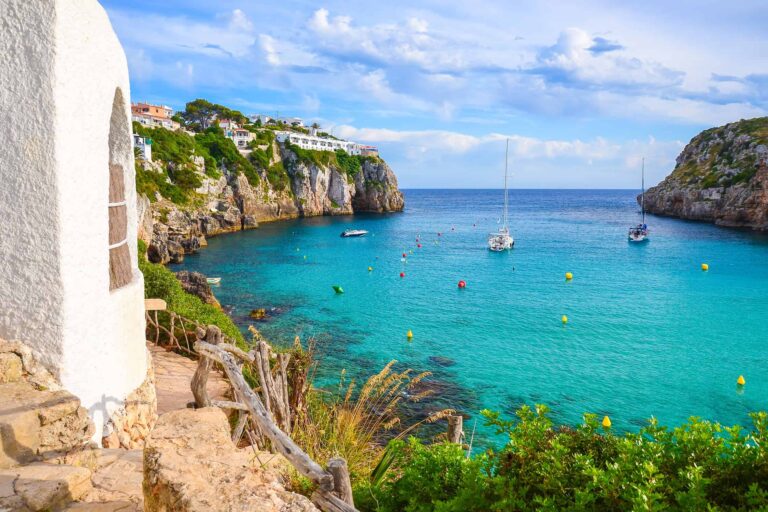
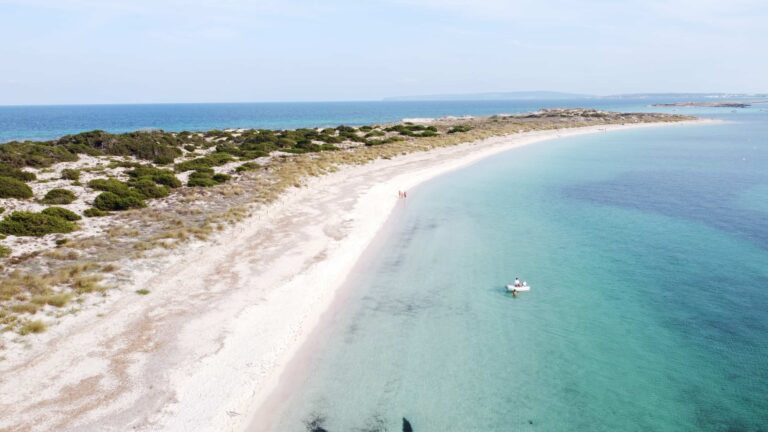
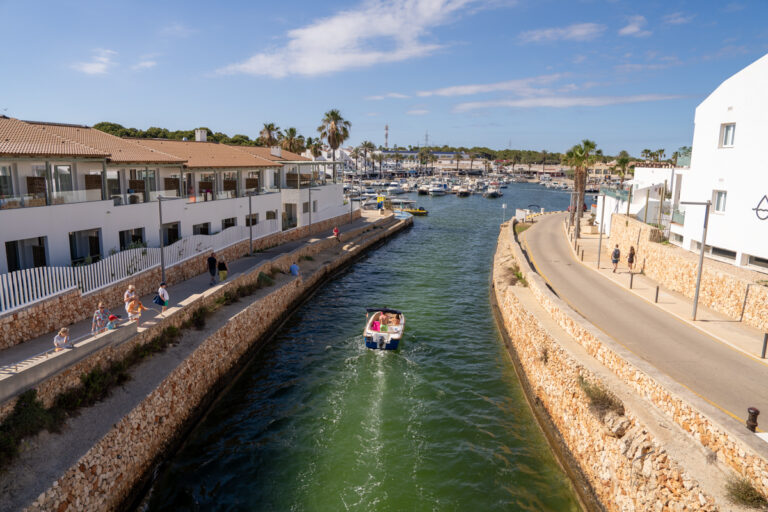
Visiting Malaga soon, this will be the first time there! Thank you for sharing your thoughts! Hope I will enjoy it !